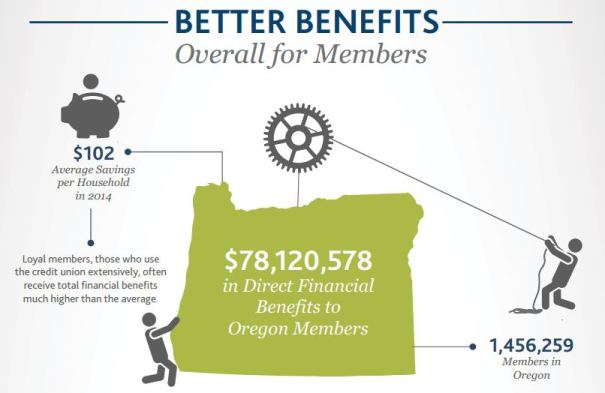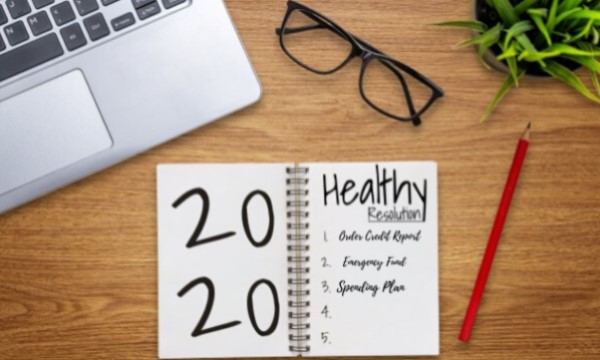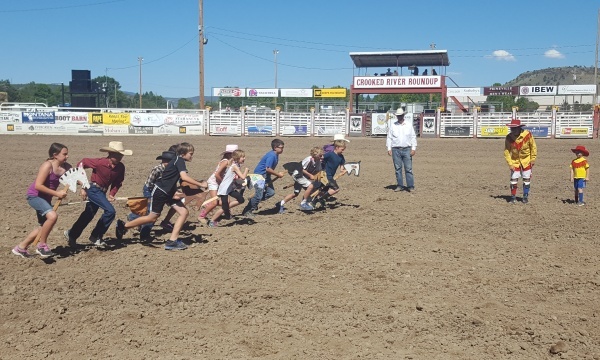What do Deer Crossings and Identity Theft Have in Common?
by: Susan Sharkey, National Endowment for Financial Education® (NEFE®).
Defensive Driving Lessons and Defensive Consumer Tactics
In drivers’ education courses, we are taught to drive defensively and watch for careless drivers — as well as anything else that might appear unexpectedly on the road. That training was especially relevant when I lived in Wisconsin and Minnesota, where one had to be vigilant to avoid contact with deer that periodically would dart across one’s path. What does deer crossings and identity theft have in common? More than you might think.
Both scenarios call for alertness to conditions that could lead to potentially costly and time-consuming inconveniences, including reporting mishaps and repairing damage. I am distrustful when put into a suspicious situation, whether scanning the road and shoulder to spot deer lurking in the shadows of trees, or skimming my inbox for unsolicited emails requesting my account information.
In both cases, I apply safeguards within my control. I sound my car horn to ward off deer from crossing the road at dusk, and I shred discarded mail and paperwork at home to deter theft of financial data or access to my account information. If something does happen — whether it’s a deer or fraud mishap — I act swiftly to file relevant reports and repair damage so my life returns to normalcy as soon as possible.
Higher Odds Than You Might Think
In 2016, State Farm Insurance reported the odds of hitting a deer while driving in Wisconsin to be 1 in 77 drivers. With those odds, it seems only a matter of time before I would have a deer-auto incident. Similarly, it is not a matter of if identity fraud will happen; rather, it is more likely a matter of when it will happen.
Data from the Javelin Strategy and Research 2017 Identity Fraud Study revealed that 2016 saw the highest number of victims — 6.15 percent of consumers (15.4 million) – reporting nearly $16 million in losses due to identity fraud. Consumer fraud is the fastest growing crime in the U.S., costing twice as much as property crime, according to the U.S. Bureau of Justice and Statistics. In addition to victim costs, many hours are spent filing reports with police and creditors, verifying and fixing account information, replacing lost items and conducting investigations.
Much like defending against deer collisions, defensive tactics can and should be applied to minimize damage caused by fraud. Whether or not you or a family member have been a victim of identity fraud, be aware of sensible precautions and credible resources to protect against and remedy circumstances of fraud.
The High School Financial Planning Program® (HSFPP) is the flagship program of the National Endowment for Financial Education® (NEFE®). NEFE is the leading private nonprofit, noncommercial foundation dedicated to inspiring empowered financial decision-making for individuals and families through every stage of life.
Learn more about the complete suite of NEFE’s free consumer and educator resources at www.nefe.org.





